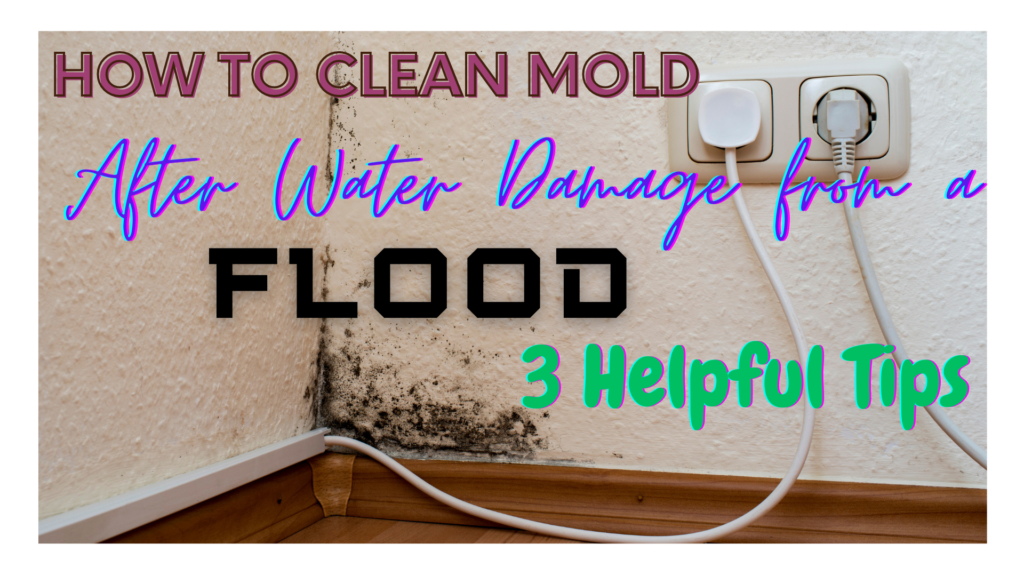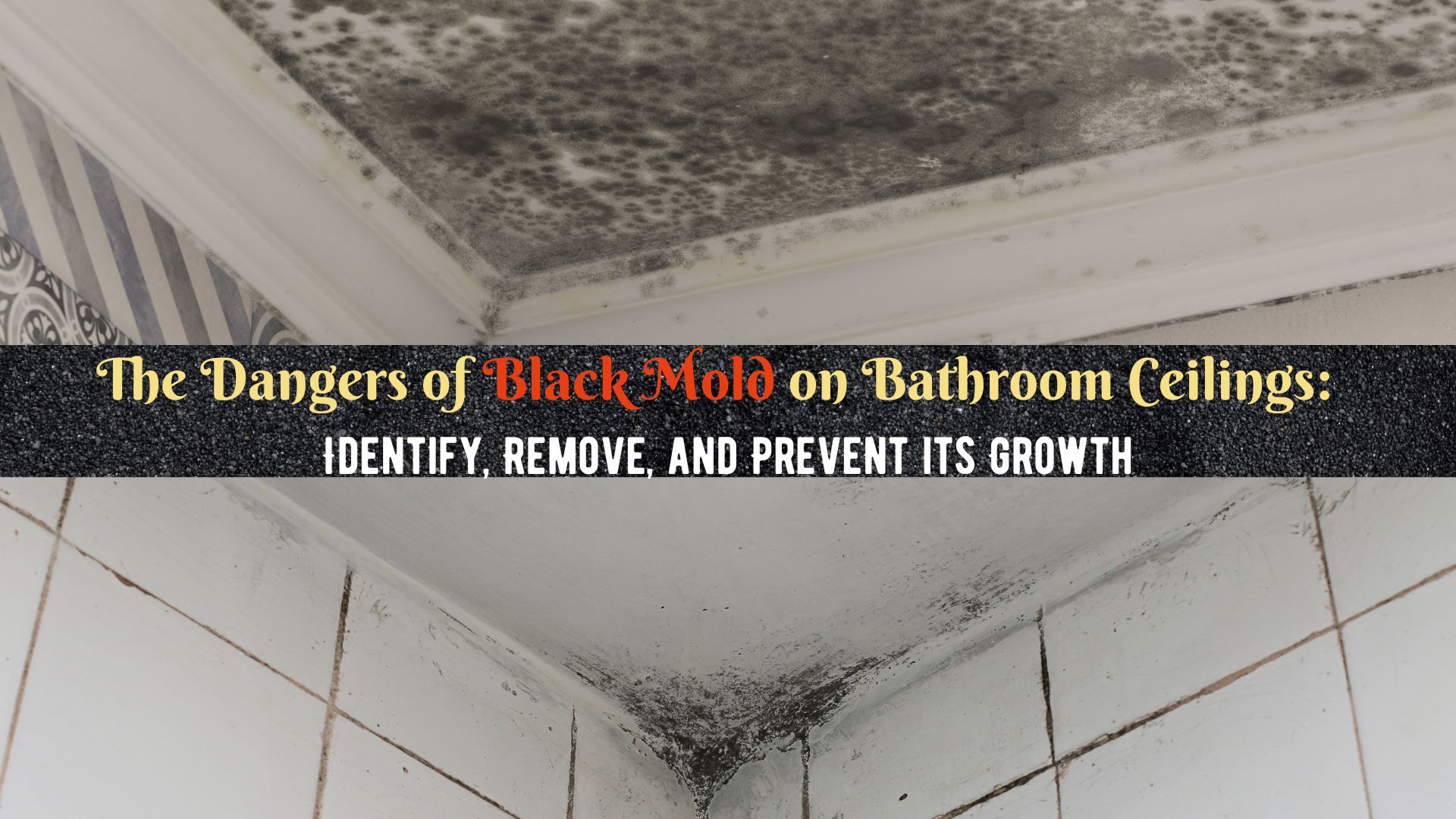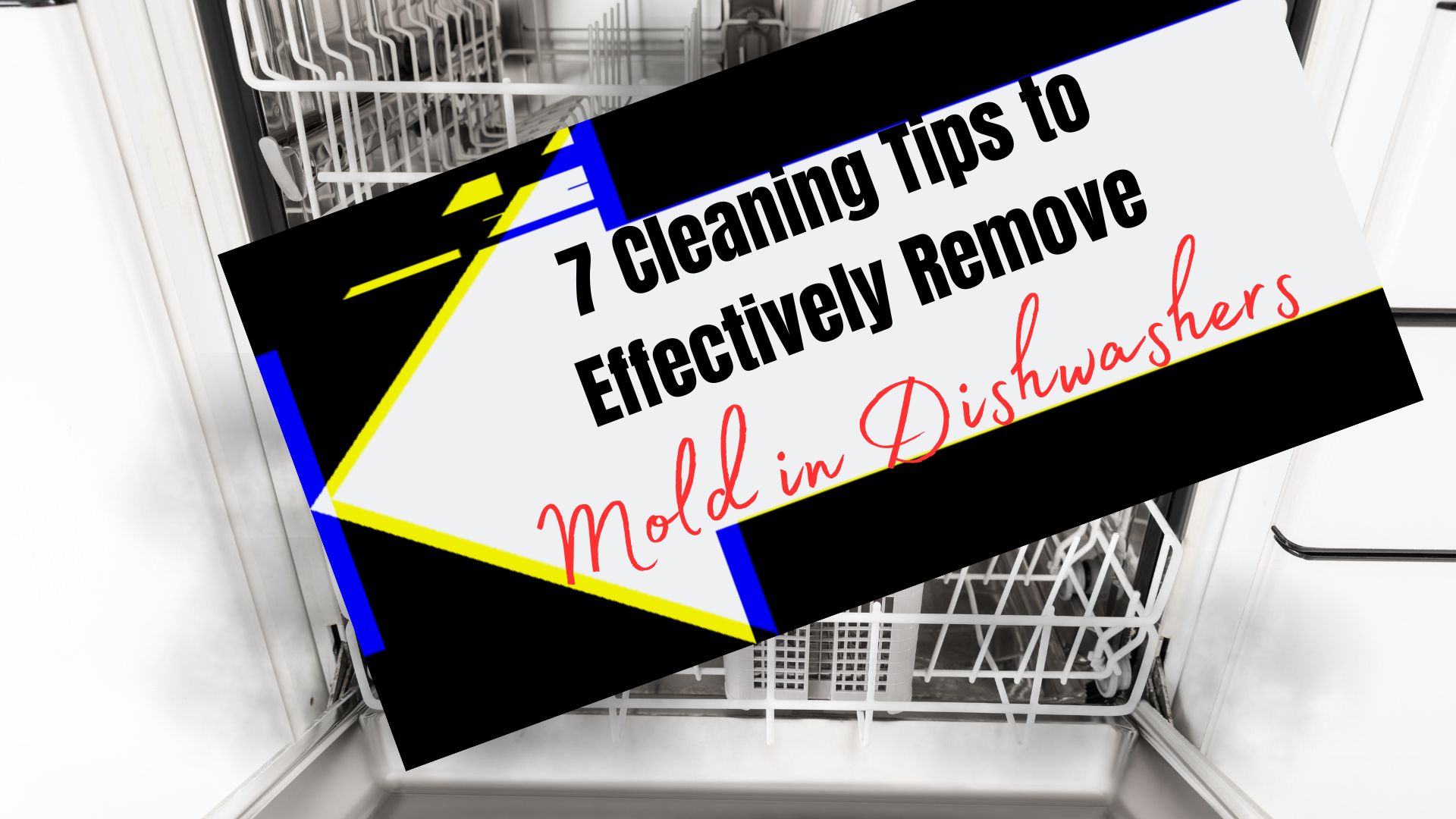
Learn How to Clean Mold After Water Damage
Mold growth is the usual aftermath of flooding or water damage. With the right growing conditions, mold grows easily. It grows best when the temperature is between 77 to 86 degrees Fahrenheit. With moisture, dampness, and food, mold can start growing as fast as 24 to 48 hours. So knowing how to clean mold after water damage is essential.
Also, spores will start their colonization as early as 3 days and would be visible after 18 days. It will take some days before mold can fully damage your property. So, acting fast is really essential in dealing with mold growth.
Mold is something that has to be taken seriously as it brings danger to someone’s health condition. People who are exposed to or have contact with mold have the possibility of having serious illnesses such as asthma, respiratory infections, allergies, sinus infections, and skin rashes. And, in some cases, mold exposure can even be deadly.
1. Preventing Mold Growth Is Vital!
Preventing mold growth after a flood is the best quick action you can take. The longer you allow mold to grow, the greater the risk in doing the cleanup process. Materials in your home that are damp are more prone to mold growth. Start doing the cleanup process immediately.
Begin your clean-up process with the materials that were not touched by the water. Segregate them and store them in safe, dry areas. If wood, upholstered furniture, and other porous materials were submerged below the waterline, consider discarding them as they can trap mold.
You can clean, disinfect, and keep items that are made of non-porous materials such as glass, plastic, and metal objects. When you’re done removing all the materials that had contact with a flood, clean and disinfect the remaining surfaces, that includes walls, flooring and tiles, and others. Follow the guidelines provided by the CDC.
- Equip yourself with protective gear to secure your nose, eyes, mouth, and skin. Remember that exposure to mold could lead to serious illnesses.
- Open up the doors and windows while doing the cleanup.
- Immediately clean and dry out the area. Use a dehumidifier if necessary to lessen the moisture content and help to dry things out quickly. You can also use an electric fan if a dehumidifier is not available.
- Never mix cleaning products such as ammonia and bleach as they could produce toxic vapor.
- Use any disinfectants or sanitizers to clean exposed surfaces.
2. How to Clean Mold After Water Damage – Hire the Experts
You probably have finished cleaning your home, but there is still a good chance that mold might start growing again soon or in the near future. There is a possibility that flood water stays in the ground around your house and can seep through the foundation of your home. This will result in water flowing in your walls or floorboards and could lead to mold growth.
Bleach alone is not an efficient way of removing mold. It only stops mold from developing for a short period of time, but will eventually get back to its business when it finds a chance. DIY removal can only be efficient if you have seen the signs of its early development.
You have to be more cautious that you won’t have any contact with materials that were infested. As a homeowner, you have an option of cleaning moldy areas on your own if the affected area is just below 3 square feet or if you are healthy enough to do the cleaning. However, professionals recommend that you hire experts to do the removal of mold if the moldy areas are beyond 3 square feet (3 feet by 3 feet). Hiring professionals can properly solve mold problems, prevent further mold growth, repair any damage, and can be quick and efficient.
The process of removing mold can be a daunting task. It is still best to hire mold remediation experts.
3. What is the Process of Mold Remediation?
Mold remediation is the process of removing, cleaning, and sanitizing that also includes treatments and preventive activities of mold growth both in affected and not affected areas. Handling mold problems require different solutions, but mold removal companies have the same general mold remediation process suggested by IICRC.
Assess The Extent Of The Damage
The first step in the mold remediation procedure is having a professional assess the extent of the mold damage and contamination. It is during this time that they will gather and analyze samples from both affected and unaffected areas of your home. Having this, they will then create a remediation plan and will send you a copy of the protocols they will take to bring back your home to its original condition.
Prepare The Work Area And Verify the Containment
This is a very important step because it makes sure that mold won’t spread in your entire home. During this process, mold removal specialists create isolation barriers, and negative air pressure is set and regularly monitored to make sure that cross-contamination of mold spores to other areas of your home won’t exist. Once the containment is verified and the air pressure is set to its correct amount, then mold removal will begin.
Removing Old Infested Materials
Porous materials such as carpet, wood, drywall, etc. must be removed and discarded properly. Non-porous material can be cleaned and restored.
Thorough Cleaning With HEPA Vacuuming
The next thing that will happen after removing contaminated materials is a thorough cleaning. Mold removal specialists will thoroughly clean hard surfaces using antimicrobial treatments and will use a high-vacuuming tool to catch mold spores on porous surfaces.
Verify Remediation
After the procedure of cleaning the contaminated areas, the mold removal specialist will then return to the facility to make sure that the remediation procedure was successful. He/She will use specialized equipment for air and surface sampling.
How to Clean Mold After Water Damage: Trust Our Professionals
We understand how dreadful the situation is when mold grows in your facility, not to mention the water damage caused by flooding. You can count on us. We have skilled professionals who know how to clean mold after water damage. We don’t perform just to earn money. We care about you, your health condition, and your property. Trust our professionals in handling mold remediation procedures. Call us today!




